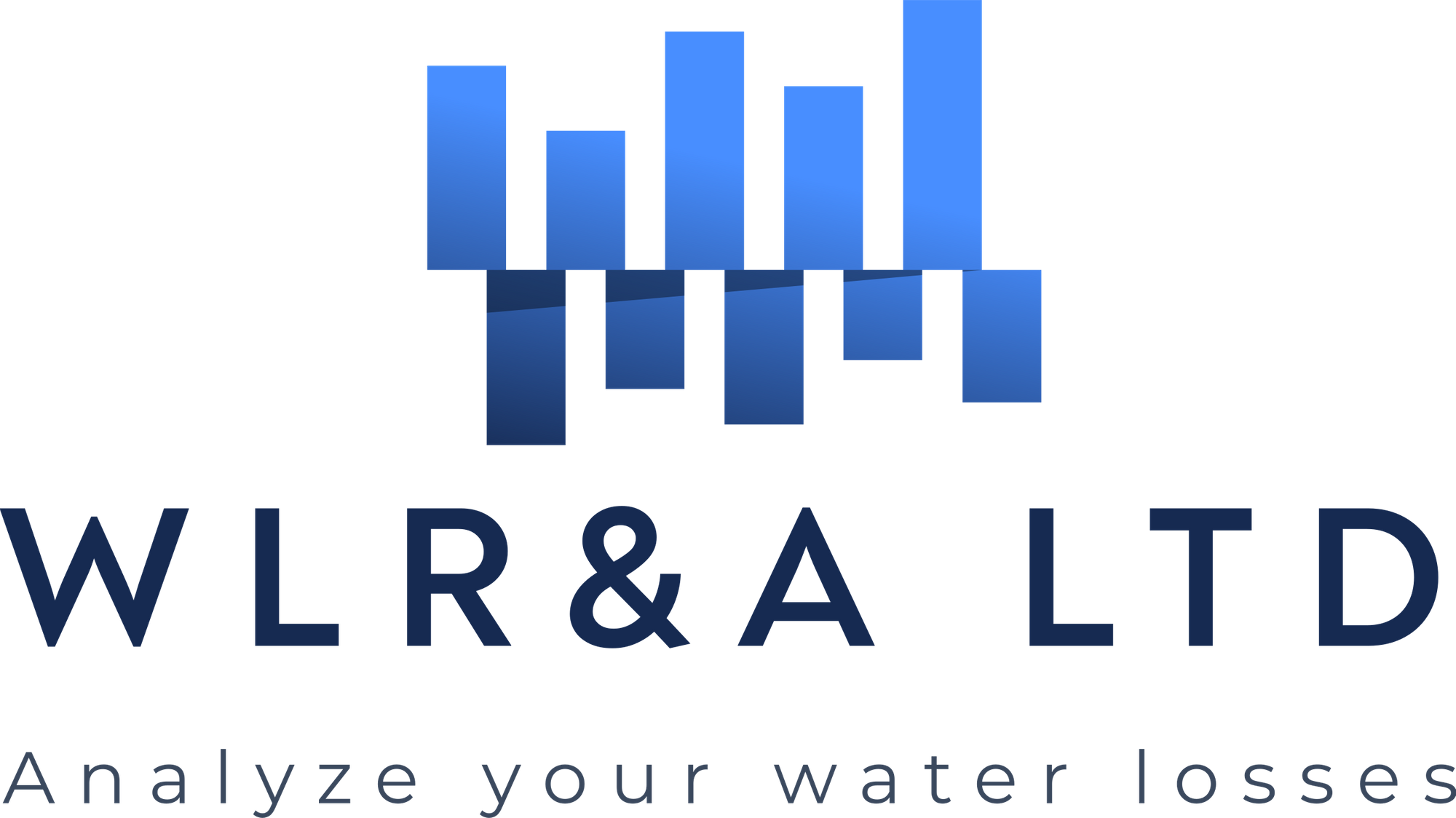UARL WITH SYSTEM CORRECTION FACTOR

Customise the UARL Equation for your systems using UARL with SCF software
In 1995-99, the 1st IWA Water Loss Task Force developed a basic equation to assess Unavoidable Annual Real Losses (UARL) for whole large water supply systems in good condition with intensive active leakage control.
Calculations were initially limited to systems with more than 5000 service connections, at mid-range operating pressures. Infrastructure Leakage Index (ILI) can then be calculated as Current Annual Real Losses/UARL, for international comparisons of technical leakage management performance.
UARL (m3/day)=
(18 x Lm + 0.8 x Ns + 25 x Lp) x AZP/1000
Lm = Mains length in km
Ns = number of service connections from main to property line
Lp = length of underground private pipes from property line to meter in km
AZP = Average Zone Pressure in metres
More than 20 years later, UARL and ILI are widely used internationally. With improved leakage management some small systems with low pressures, outside original system size and pressure limits, report Current Annual Real Losses (CARL) less than UARL (ILI < 1.0).
The UARL equation’s originator, Allan Lambert, has now introduced 3 additional concepts (FAVAD, Poisson and Pressure:Bursts) to extend limits of application much more widely, using a system-specific System Correction Factor SCF which varies with pressure, system size and pipe materials.
In many situations ( >5000 service connections and/or 45-60m AZP) the original UARL (1999) equation will be confirmed to within ten per cent. Outside these limits, UARL with SCF helps to explain why lower UARL volumes can be achieved in small systems at low pressures, or higher UARL can occur at higher pressures.

UARL with SCF shows customised median UARL burst frequencies on mains and services for each DMA, Zone or whole system
Calculate Maximum Recoverable Leakage for each zone or DMA
UARL with SCF calculation for each DMA or Zone shows customised UARL volumes and Unavoidable Background Leakage at a wide range of operating pressures, including the current AZP


Quantify changes to Maximum Recoverable Leakage when pressure changes
UARL with SCF calculations for each DMA or Zone quantify results from small reductions in pressure (metres or psi) in either m3/day or USG/day
UARL (USG/day)=
(5.41 x Lm + 0.15 x Nc + 7.5 x Lc) x P
Lm = Mains length in miles
Nc = number of connections from main to curb stop
Lc = length of underground private pipes from curb stop to meter in miles
P = Average Pressure in psi
More than 20 years later, UARL and ILI are widely used internationally. With improved leakage management some small systems with low pressures, outside original system size and pressure limits, report Current Annual Real Losses (CARL) less than UARL (ILI < 1.0).
The UARL equation’s originator, Allan Lambert, has now introduced 3 additional concepts (FAVAD, Poisson and Pressure:Bursts) to extend limits of application much more widely, using a system-specific System Correction Factor SCF which varies with pressure, system size and pipe materials.
In many situations ( >5000 service connections and/or 64-85 psi AZP) the original UARL (1999) equation will be confirmed to within ten per cent. Outside these limits, UARL with SCF helps to explain why lower UARL volumes can be achieved in small systems at low pressures, or higher UARL can occur at higher pressures.

UARL with SCF shows customised median UARL burst frequencies on mains and services for each DMA, Zone or whole system
Calculate Maximum Recoverable Leakage for each zone or DMA
UARL with SCF calculation for each DMA or Zone shows customised UARL volumes and Unavoidable Background Leakage at a wide range of operating pressures, including the current AZP


Quantify changes to Maximum Recoverable Leakage when pressure changes
UARL with SCF calculations for each DMA or Zone quantify results from small reductions in pressure (metres or psi) in either m3/day or USG/day
Get 2 free UARL with SCF calculations per Utility - contact us at info@wlranda.com for more information




